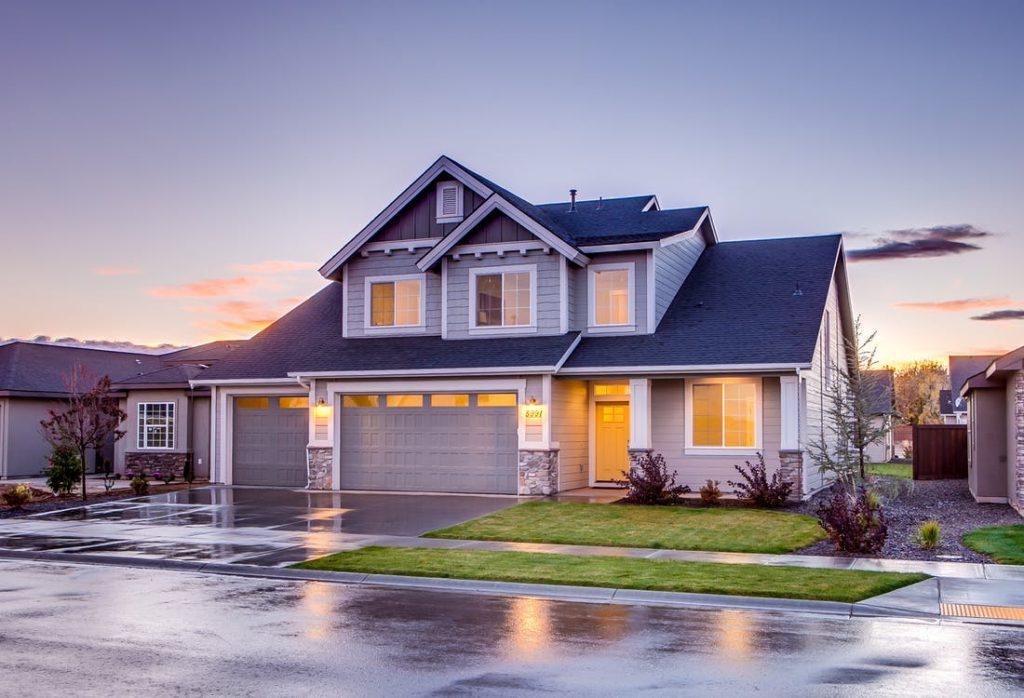Your bills have been piling up and you can’t get caught up. You are struggling to make ends meet while keeping food on the table for your family and gas in your car to get to work. One day, you come home to find a notice in the mail from your mortgage lender. Your heart sinks into your stomach when you realize It is a “Notice of Default” and your lender has begun the process of foreclosing on your home.
This is a common occurrence with many of my clients. They often wonder what they can do to avoid foreclosure and keep a roof over their heads. The actions you can take depend on what type of bankruptcy you decide to file. Keep reading to learn about what you can do to stay in your home when you file for bankruptcy.
When filing for bankruptcy, you have two options: Chapter 7 and Chapter 13 bankruptcy. Chapter 7 bankruptcy will give you relief from unsecured creditors like credit cards and prevents certain creditors from pursuing collection action against you. Filing for a Chapter 7 bankruptcy does not discharge debts such as taxes, child support, alimony or student loans. It will erase the “IOU” portion of the mortgage, but will not erase the lien. Chapter 7 does not stop foreclosure, it only delays it. When you file for Chapter 7, you are given what is called an “automatic stay” that will typically last for three to four months.
An “automatic stay” is only effective for as long as the court decides to keep it in place. If the lender obtains the bankruptcy court’s permission to proceed with the sale (by filing a “motion to lift the stay”), you may not get the full three to four months. But even then, the bankruptcy will typically postpone the sale by at least two months, or even more if the lender is slow in pursuing the motion to lift the automatic stay. The good news is that the stay allows you to stop paying your bills, including your mortgage. This is a good thing because it can help you build up some funds so that you can afford other housing arrangements.
Most people will do whatever they can to stay in their home for as long as possible. A Chapter 13 bankruptcy will allow you to pay off the “arrearage” (late unpaid payments) over the length of a repayment plan you propose. For example, a repayment plan is typically for a five year period. To do this, you will need enough income to at least meet your current mortgage payment at the same time you’re paying off the arrearage. Assuming you make all the required payments up to the end of the repayment plan, you’ll avoid foreclosure and keep your home.
The bankruptcy court has a mortgage modification program. This program allows you to pay a reduced mortgage payment while attempting to obtain a permanent modification. Click here for more information.
Chapter 13 may also help you eliminate the payments on your second or third mortgage. That’s because, if your first mortgage is secured by the entire value of your home (which is typical if the home has dropped in value), you may no longer have any equity with which to secure the later mortgages. In these types of situations, the Chapter 13 court may “strip off” the second and third mortgages and recategorize them as unsecured debt. Under Chapter 13 bankruptcy, this takes last priority and often does not have to be paid back at all.
Hopefully you learned how bankruptcy can help you avoid foreclosure. If you have more questions about the bankruptcy process, contact me to schedule a free consultation. Remember, there is life after bankruptcy.
.
.

